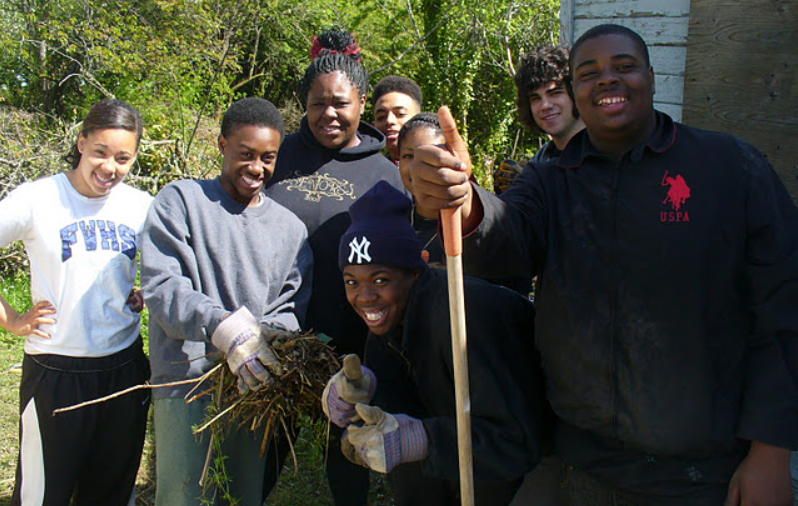How Can We Help?
Keeping a Cannery Humming with Volunteers at South King County Food Coalition
Outreach and Recruitment
The VISTA found success in both active and passive outreach and recruitment strategies.
Active Outreach
Characterized by face-to-face, phone and email contact, active outreach is effective when you know who in the community might be interested and how to get connected to them. This takes some strategizing but is well worth the effort.
Some questions to consider in building an active outreach strategy:
What is most compelling about your volunteer opportunity?
You probably already know the answer to this question but it can’t hurt to ask around to your colleagues and friends. From your point of view, why is this an important project? Your project might have wider appeal than you think and the more ideas you can get about its benefit the better prepared you will be to speak about it from multiple angles.
Does it address an unmet need in the community?
Who else in the community might care about filling this need? You could also ask: Who else in the community might feel compelled by the different benefits of your project?
Answering these questions will help you start to identify your key community partners for volunteer recruitment.
Passive outreach
The strategic placement of advertisements and postings both in the physical community and on the web can be another effective way to find interested volunteers. Volunteermatch.com and the United Way’s volunteer recruitment tools brought in many extra groups that the VISTA did not identify in the planning of his active outreach strategy.
Observation: The dividing line between “Active” and “Passive” outreach can sometimes be blurred. A relationship you’ve built through active outreach might overtime become more passive. Once people have experienced how much fun your project is firsthand they will become the active recruiters and your role will turn a bit more passive. But passive outreach can be more active at times as well. For example, a group might approach you after seeing your internet posting and request a presentation.
With this in mind, consider “active” and “passive” outreach and recruitment as tools for understanding different methods of finding volunteers, not as rigid silos for recruitment activities.
Leveraging Volunteer Resources
When looking to recruit large numbers of volunteers you are going to need to take actions that are efficient and effective. You don’t want to be the only one telling volunteers about your project. The South King County VISTA leveraged community volunteer resources by identifying other volunteer coordinators in the community and building relationships with them.
There were two distinct types of relationships developed:
Volunteer Programs for local cities and suburbs: Most cities and suburbs near Seattle have their own volunteer management staff. This person’s job is to connect interested volunteers with volunteer opportunities that benefit the community. Oftentimes they will have a monthly newsletter and are constantly looking for more material. One short meeting with someone in this position expanded the VISTA’s reach beyond what he could personally manage. Make sure to equip these people with any necessary recruitment materials like sign-up sheets, pictures, videos and the like.
Volunteer Programs for other Non-Profits: Make sure you know what the other non-profits and human services agencies in your area are doing and that they know about what you’re doing. Often, volunteer groups will need a few referrals to find the right opportunity given their size, availability and interests. The more people in the community who know about your work the more referrals you’ll receive.



